In some ways, the ‘good ol’ days’ were better. Sure, they didn’t have such modern conveniences as the KFC Double Down, the “cloud,” or the two-way toothpaste tube, but they sure got something right: in-school driver’s education.
Driver’s ed became a staple of high school curriculums in the 1930s, ever since the New Deal included money for a pilot program at Penn State. From there it spread like wildfire. By 1970, 95 percent of eligible students were taking it in their school, USA Today reported. But since then, a privatization boom driven by a need to cut costs has slashed this number to 15 percent, driving the program to near-extinction. To promote the safety of its students, MCPS should return to the good ol’ days and offer driver’s ed as a school elective.
A few brave jurisdictions still view keeping our young drivers safe on the road as a public good, not something to be outsourced to a private company. For example, both California and Chicago require every student to take driver’s education in order to graduate. These laws indicate that these districts understand that the only way to prevent more traffic fatalities, already the leading cause of death among teenagers, is to ensure quality access to driver’s ed to all students free of cost.
That standard is currently unmet by commercial programs in Maryland. After years of increasing the waiting period for licenses, regulation on driver’s education programs remain scant and as a result, many commercial programs are plagued with underpaid employees, poor communication, and inconsistent standards, said Patrick May, the Vice President of marketing at driving company I Drive Smart. Only by offering the class in school can the state effectively cut down on deadly crashes.
In-school driver’s education also snips off the huge price tag attached to commercial programs. Under the current system, families have to cough up $600 to listen to a lecture about the sins of drunk driving for three hours. But if driver’s ed was offered in schools, as it is in Virginia and Vermont, students still get the benefits without the financial burden.
Of course, the elephant in the room is how to pay for it. There’s no honest way around the fact that it costs a lot of dough to pay for gas, cars, instructors, and liability insurance for every school in the county. But other school systems around the country appear to have successfully integrated driver’s ed into their school day. Some jurisdictions, like Durham, NC, charge small fees to partially cover the costs while Fairfax County just allocated the $1.2 million they needed to continue paying for the program. Such success could be replicated north of the Potomac.
The facts have already been driven in. MCPS needs to put this common-sense proposal back in the fast-lane.




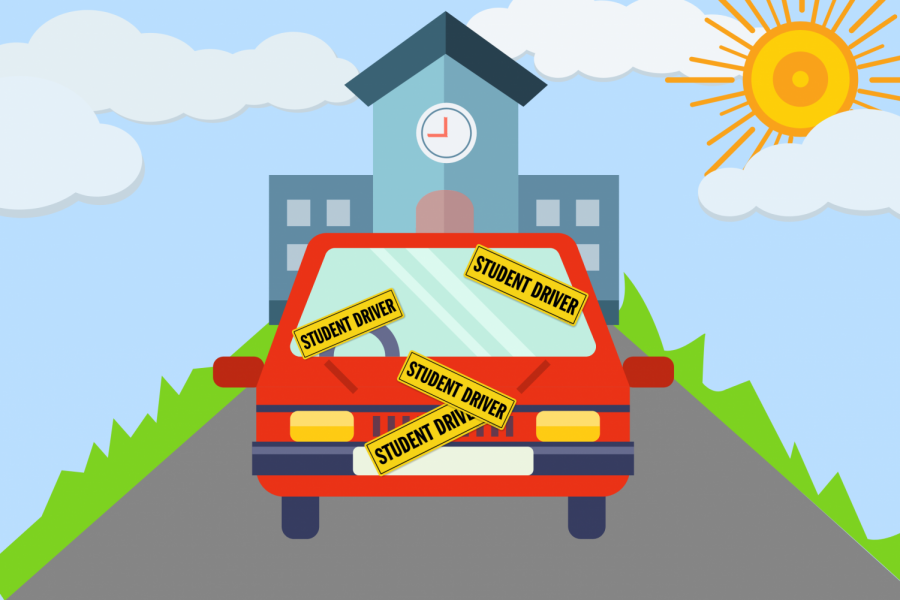

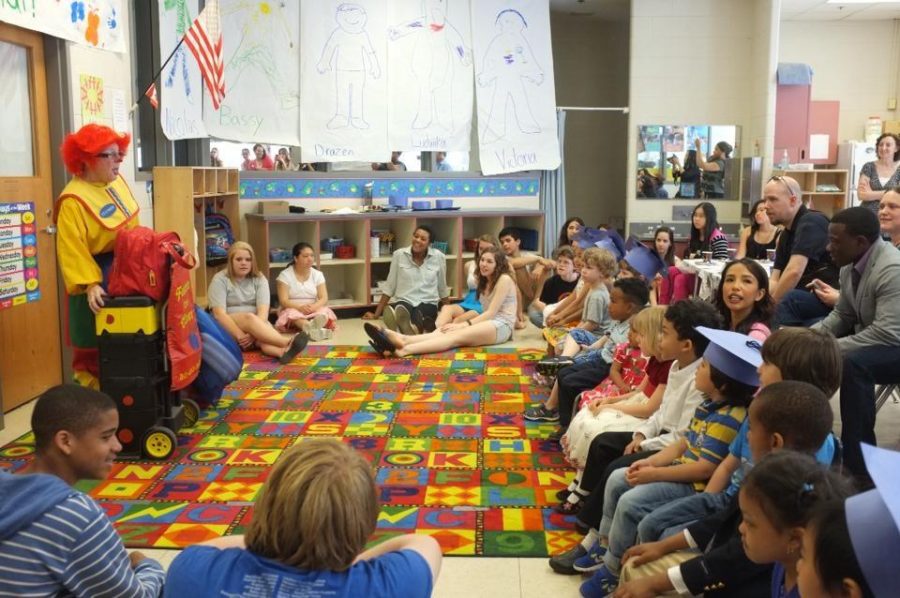



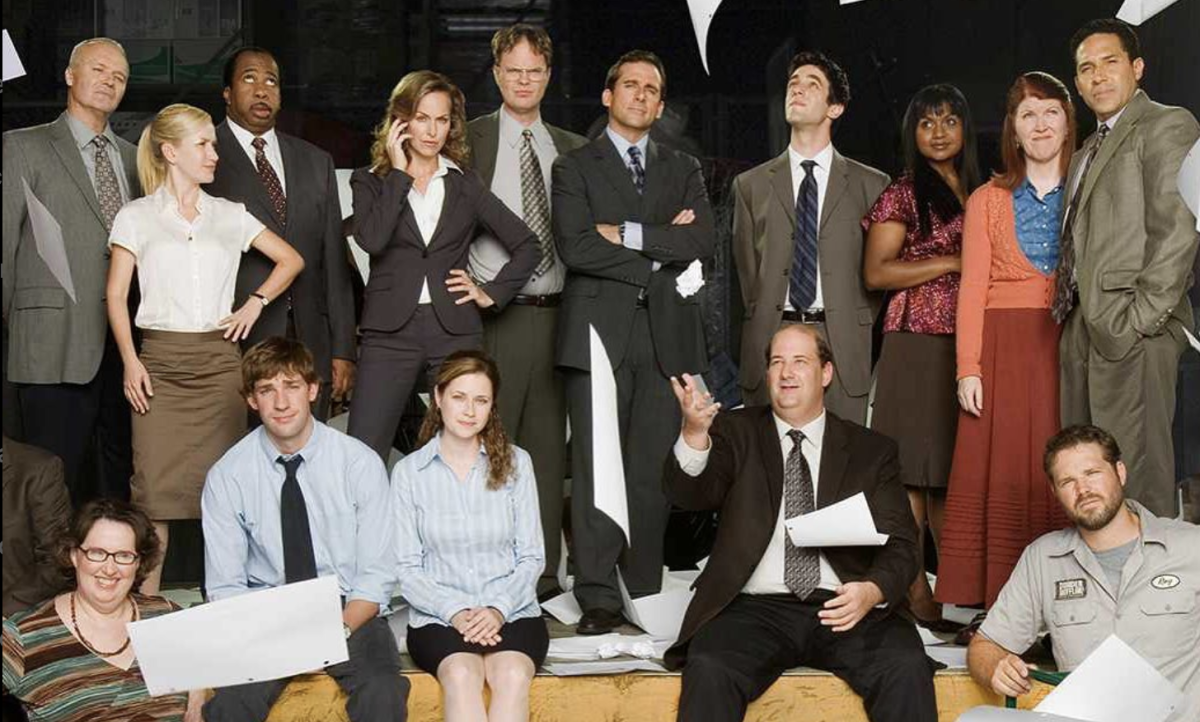

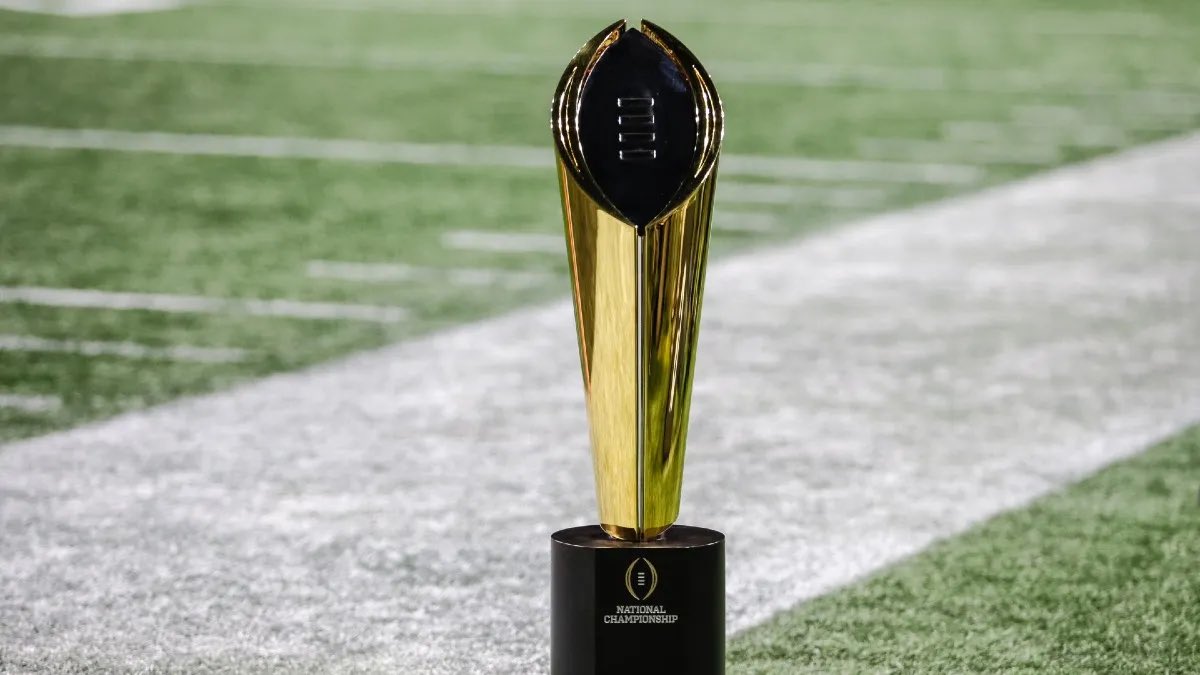

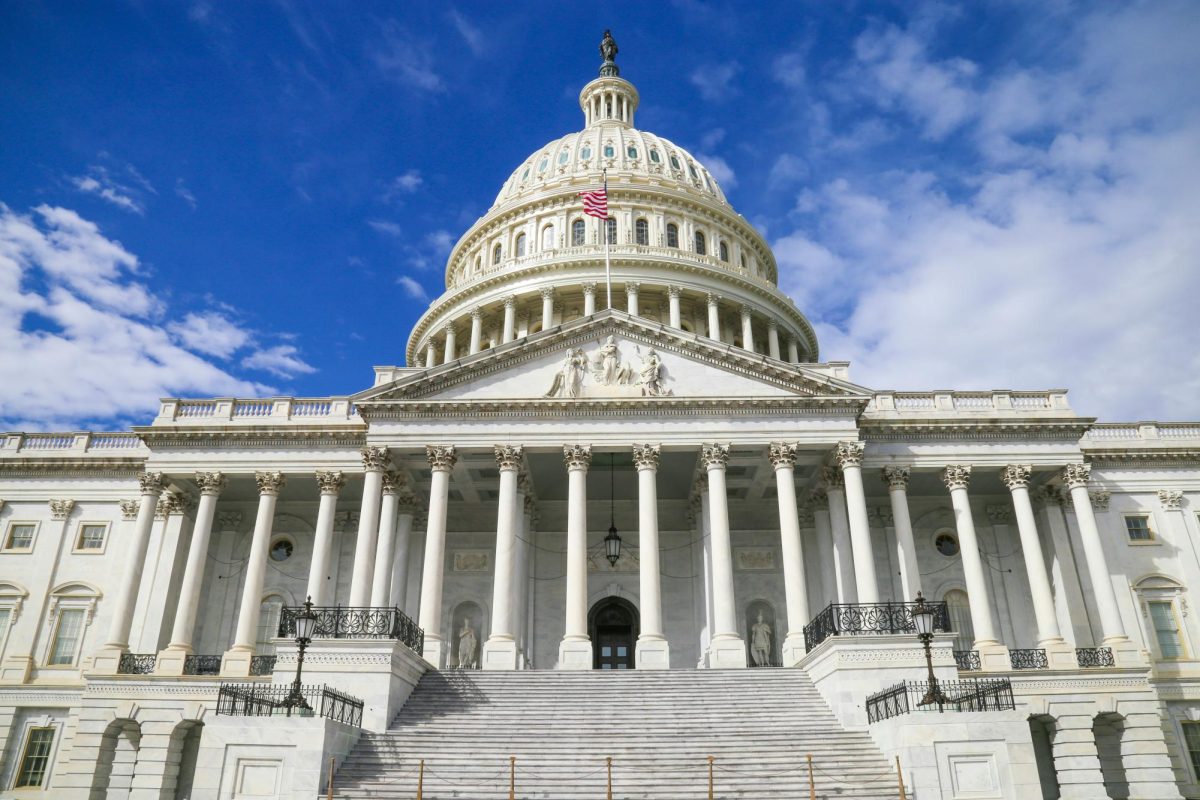

tyranossaur mcgibbon • May 23, 2014 at 1:14 pm
mayn dat artcle got danger homie….I lik ppl lik dat ya no hehehehehehe jk jk jk jk lez go